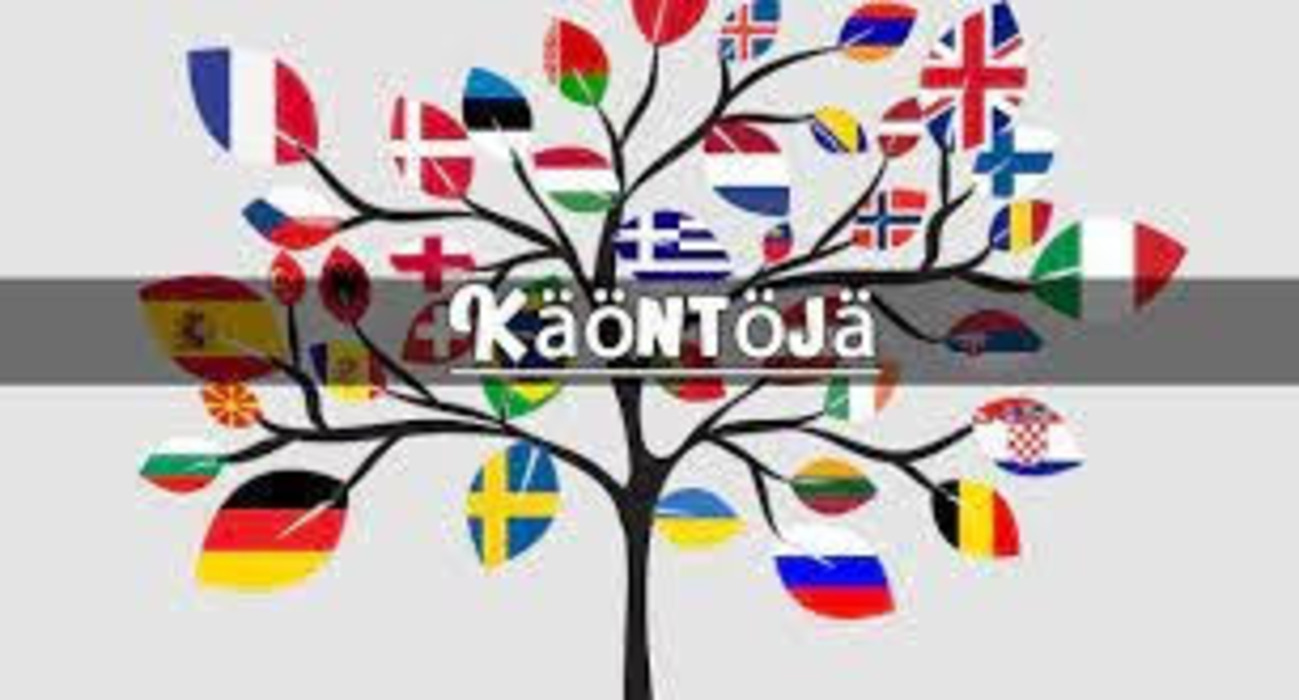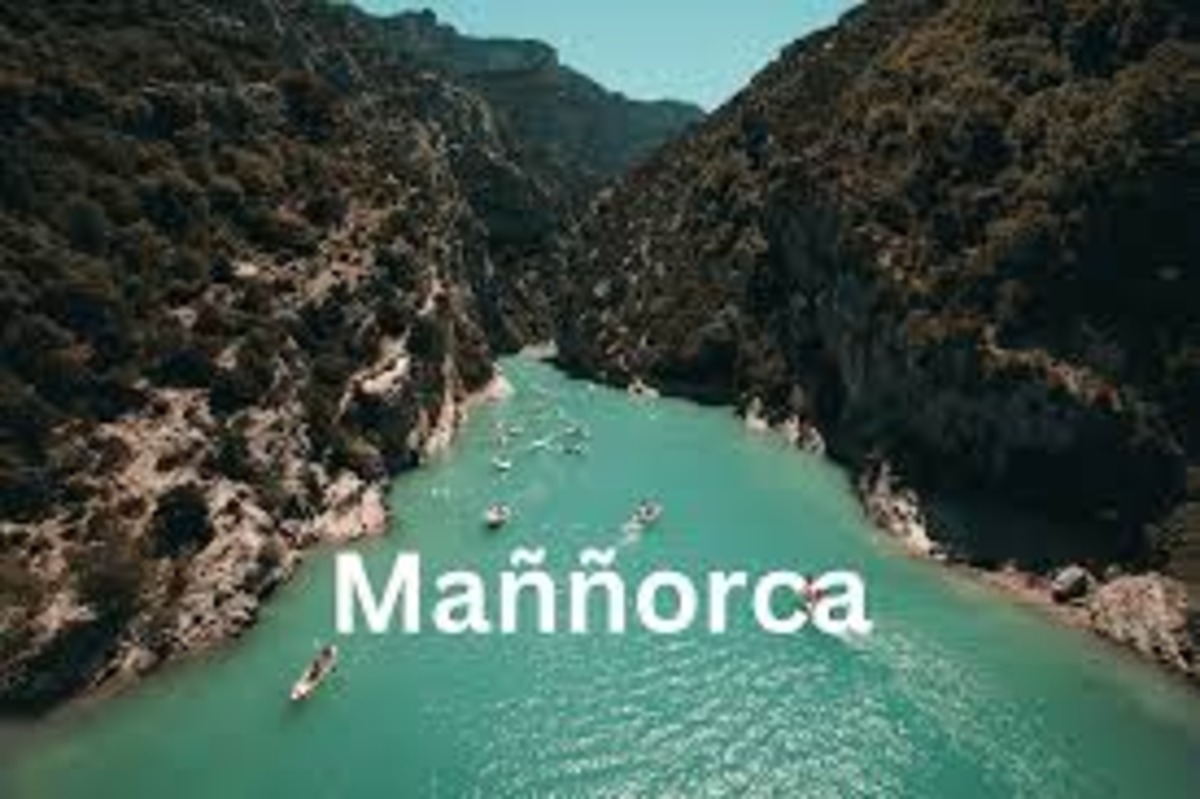Language serves as a gateway to understanding and connecting with different cultures. The Finnish term käöntöjä—meaning “translations”—encapsulates the essence of this linguistic journey. In today’s globalized world, translation has become a crucial tool in bridging cultural divides, enabling communication and fostering mutual understanding. This article explores the significance of käöntöjä, its impact on cross-cultural communication, and the evolving role of translation in the digital age.
The Essence of Translation käöntöjä
At its core, translation is the process of rendering text or speech from one language into another. However, käöntöjä goes beyond the mere substitution of words; it involves capturing the nuances, idioms, and cultural context embedded in the original language. Effective translation requires not only linguistic proficiency but also a deep understanding of the cultural subtleties that shape meaning.
In Finland, where käöntöjä plays a vital role in connecting the country with the rest of the world, translators often act as cultural mediators. They navigate the complexities of translating Finnish, a language with unique grammatical structures and expressions, into more widely spoken languages like English or Swedish. This process involves making choices that respect both the source and target cultures, ensuring that the translated text resonates with the intended audience.
Cultural Exchange Through Translation
Translation is not just a linguistic exercise; it is a cultural exchange. Käöntöjä allows ideas, literature, and knowledge to transcend linguistic boundaries, contributing to a richer global dialogue. For instance, Finnish literature has gained international recognition through translations, allowing readers worldwide to experience the works of authors like Tove Jansson and Mika Waltari. These translations open a window into Finnish culture, history, and values, fostering a deeper appreciation of the country’s heritage.
Conversely, the translation of foreign works into Finnish enriches the local cultural landscape. Finnish readers gain access to diverse perspectives, ideas, and narratives from around the world, broadening their horizons and enhancing their understanding of global issues. Käöntöjä thus serves as a bridge that connects Finland to the wider world, promoting cross-cultural understanding and dialogue.
The Challenges of Translation
While translation plays a crucial role in cultural exchange, it is not without its challenges. One of the primary difficulties in käöntöjä is maintaining the integrity of the original text while making it accessible to a new audience. Certain concepts, idioms, and expressions may not have direct equivalents in the target language, requiring the translator to find creative solutions that convey the intended meaning without distorting the original message.
Another challenge lies in the evolving nature of language. As languages change over time, so do the cultural contexts in which they are used. Translators must stay attuned to these shifts, ensuring that their work remains relevant and accurate. In the digital age, where information spreads rapidly across borders, the demand for real-time translation has increased, adding pressure to produce accurate translations quickly.
The Role of Technology in Modern Translation
The advent of technology has significantly transformed the field of translation. Machine translation tools, such as Google Translate, have made käöntöjä more accessible to a broader audience. These tools can quickly translate text between multiple languages, breaking down language barriers in real time. However, while machine translation has its advantages, it also has limitations. Automated tools often struggle with nuances, idiomatic expressions, and cultural references, which are critical for producing high-quality translations.
Professional translators increasingly use computer-assisted translation (CAT) tools to enhance their work. These tools help manage terminology, maintain consistency, and speed up the translation process. However, the human element remains essential in käöntöjä, as machines lack the cultural sensitivity and creativity required to produce translations that truly resonate with the target audience.
Translation and Globalization
In a globalized world, käöntöjä plays a vital role in international communication, commerce, and diplomacy. Businesses rely on translation to enter new markets, ensuring that their products and services are accessible to a diverse customer base. International organizations and governments use translation to facilitate dialogue, negotiate agreements, and address global challenges.
Moreover, the rise of social media and digital platforms has amplified the need for translation. Content creators, influencers, and brands often translate their messages into multiple languages to reach a global audience. This trend has led to the emergence of multilingual marketing strategies, where käöntöjä is used to tailor content to different cultural contexts, increasing engagement and brand loyalty.
The Future of Translation
As technology continues to advance, the future of käöntöjä will likely see further integration of artificial intelligence (AI) and machine learning. These technologies have the potential to revolutionize the field by improving the accuracy and efficiency of translations. However, the human touch will remain indispensable, especially for translating complex texts that require cultural insight and emotional depth.
In addition, the demand for translation services is expected to grow as globalization continues to expand. This growth will create new opportunities for translators, particularly in specialized fields such as legal, medical, and technical translation. The ability to translate not just words but also the cultural essence of a message will become increasingly valuable in a world where cross-cultural communication is more important than ever.
Conclusion
Käöntöjä is more than just the act of translating words from one language to another; it is a vital tool for cultural exchange and global communication. As the world becomes more interconnected, the role of translation will only become more significant. Whether through the preservation of cultural heritage, the promotion of international dialogue, or the facilitation of global commerce, käöntöjä will continue to bridge linguistic and cultural divides, fostering a more connected and understanding world.











